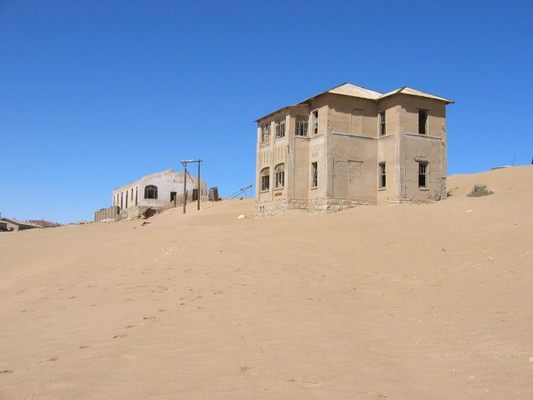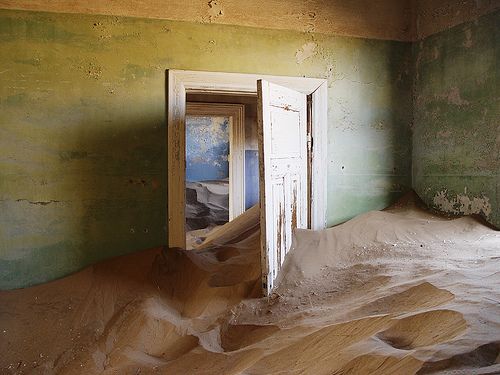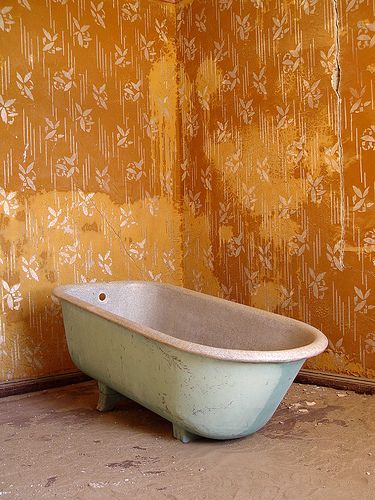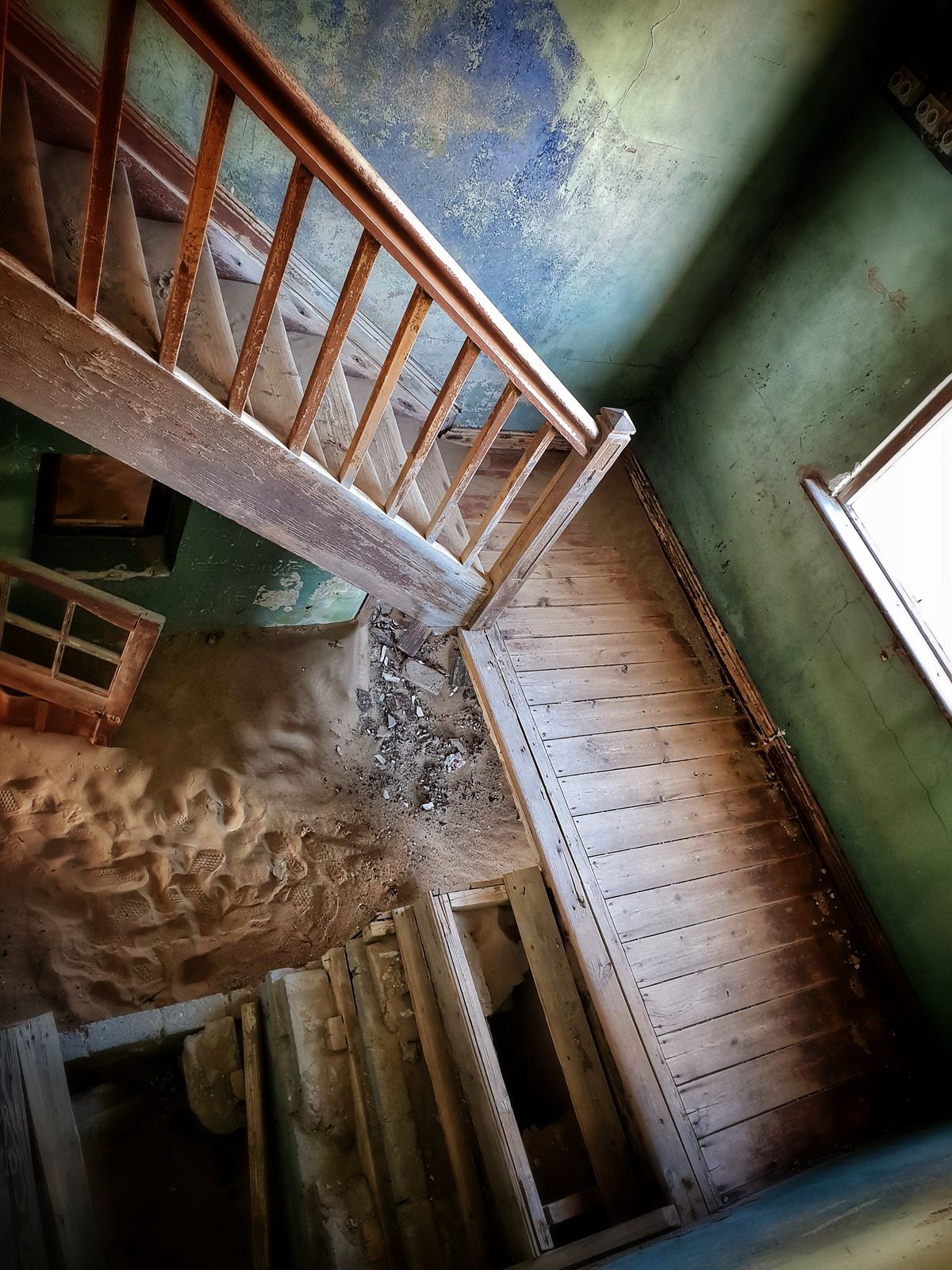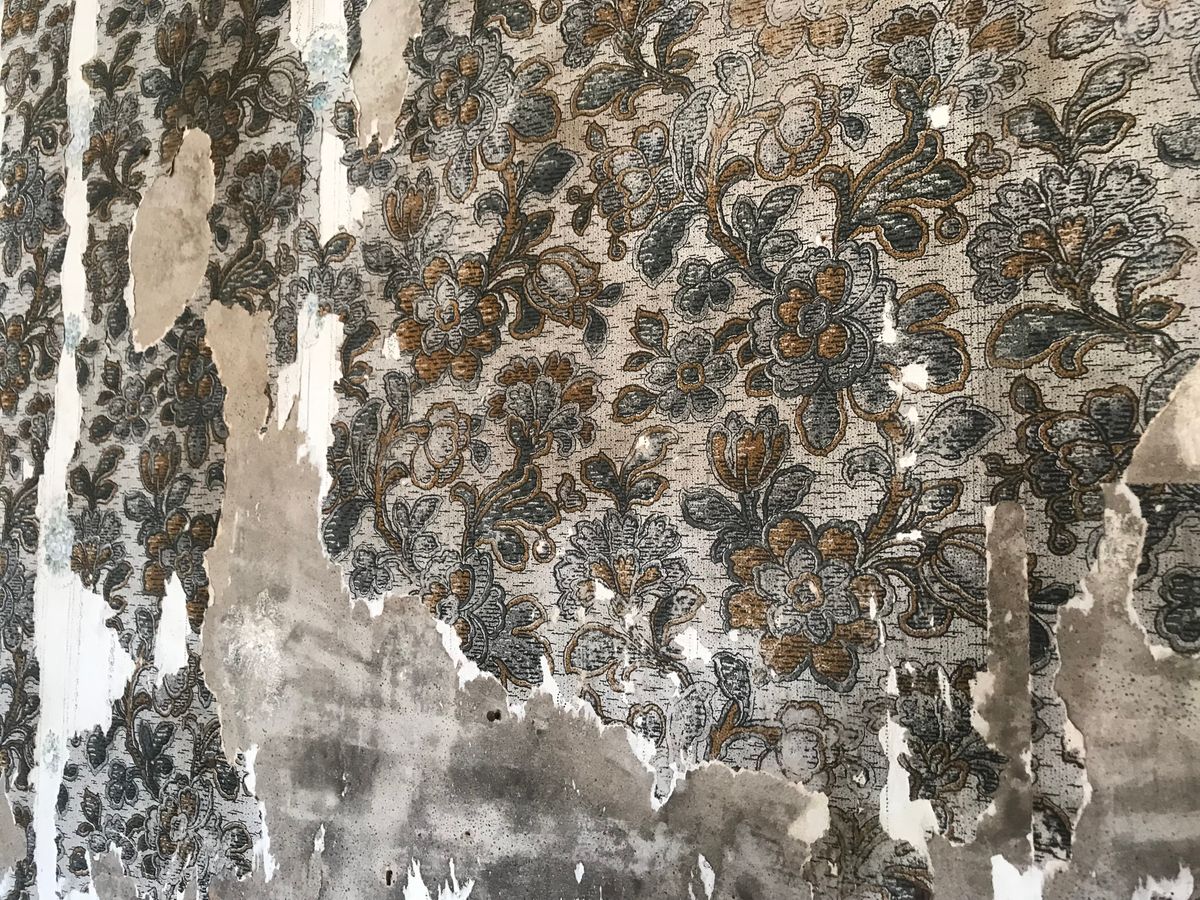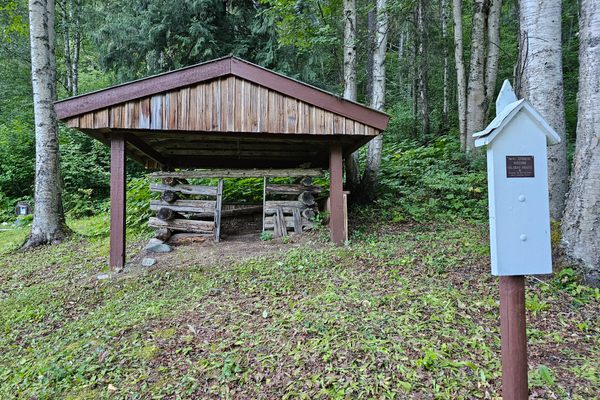About
People flocked to what became known as Kolmanskop, Namibia, after the discovery of diamonds in the area in 1908 by Zacharias Lewala, a railway worker, who picked up what he thought was an unusually shiny stone, and showed it to his supervisor.
The supervisor, August Stauch, immediately applied for a prospector's license, and verification confirmed that the first diamond in the region had been found. The diamonds were in such supply that they could be picked off the ground by bare hands, and soon the area was flooded with men wanting to make their fortune.
As people arrived with high hopes, houses and other key buildings were built. The new town, which was German-influenced, saw the construction of ballrooms, casinos, theaters, ice factories, and hospitals, as well as the first X-ray station in the southern hemisphere.
Prior to World War I, over 2000 pounds (1000 kilos) of diamonds were sifted from the sands of the Namib desert, and Kolmanskop became a diamond boom town. During the war, however, the price of diamonds dropped considerably. On top of this, larger diamonds were later found south of Kolmanskop, in Oranjemund. People picked up and chased after the precious stones. By 1956, the town was completely abandoned.
Today, the eerie ghost town is a popular tourist destination. Guided tours take visitors around the town and through the houses which, today, are filled only with sand.
Related Tags
Know Before You Go
Kolmanskop can be visited between 8 a.m. to 1 p.m. Schedule varies depending on the day of the week. There are one or more guided tours which are included in the ticket price. The guided portion lasts about an hour with information given in both English and German. Afterwards or before, there is time to wander around by yourself, and take photos or explore inside many of the sand-filled houses. Tickets are available at Luederitz Tours & Safaris in Bismarck Street and on site.
Published
August 1, 2013



